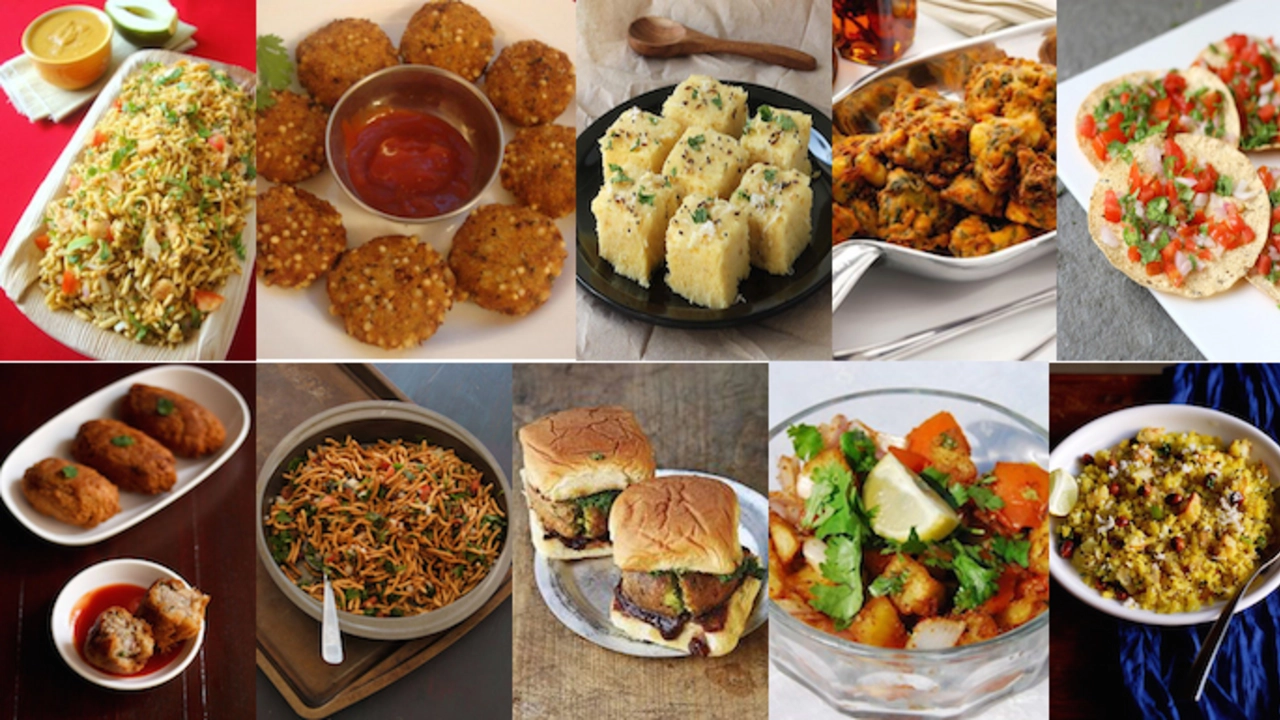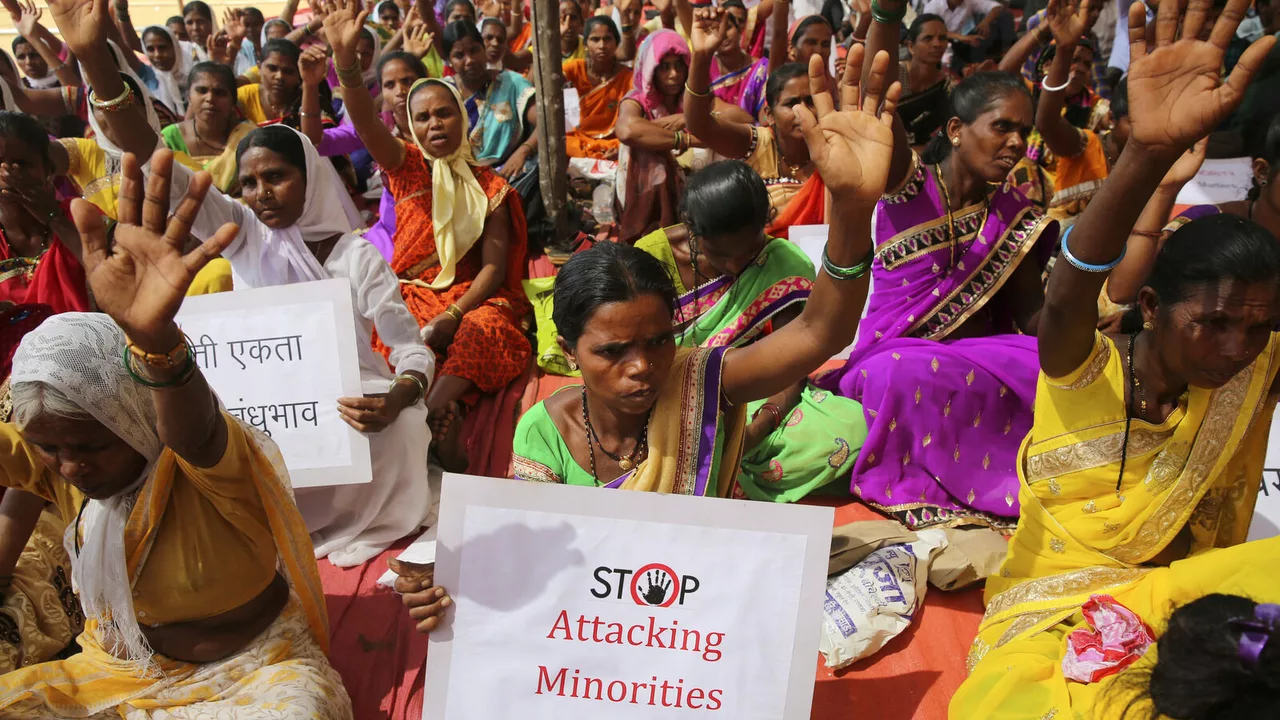Afghanistan: A Journey Through Land, People & Change
When learning about Afghanistan, a landlocked country in South‑Asia with towering mountains, vast deserts and a history that stretches over millennia. Also known as the Pearl of Central Asia, it offers a mix of ancient ruins, bustling bazaars and resilient communities. A common first stop is Kabul, the capital city nestled in a valley along the Kabul River, where modern cafés sit beside centuries‑old mosques. Understanding Afghanistan means looking at its people—especially the Pashtun, the largest ethnic group known for a strong tribal code called Pashtunwali—and seeing how their traditions shape daily life.
Afghanistan encompasses a tapestry of ethnicities, languages and customs. The country’s 34 million residents speak Dari, Pashto and numerous regional tongues, each adding flavor to the national story. Because of its location on the ancient Silk Road, Afghan cuisine blends South‑Asian spice, Persian aromatics and Central Asian comfort foods. Think of a steaming bowl of mantu (dumplings) paired with a sweet cup of green tea—a simple dish that tells a story of trade, travel and shared hospitality. These culinary habits don’t just fill stomachs; they link families across remote villages and city streets, reinforcing a sense of identity that survives even when borders shift.
Key Aspects of Afghanistan
Afghanistan requires a look at its history to grasp why it’s in the news today. From the Gandhara Buddhist kingdoms to the Islamic conquests, from the British‑Afghan wars of the 19th century to the Soviet invasion in 1979, each era left a mark on the landscape and the mindset of its people. The 19th century treaties carved out borders that still cause disputes, while the 20th century saw rapid modernization attempts that clashed with tribal structures. This historical layering influences everything—from how road‑building projects are planned (think of the ongoing need for safe highways that echo the road‑safety concerns seen worldwide) to how women’s education progresses in cities like Kabul.
Modern Afghanistan also faces economic challenges that mirror global trends. Limited access to electricity, a reliance on agriculture, and a growing tech‑savvy youth population create a paradox: traditional livelihoods coexist with a hunger for smartphones, online learning and e‑commerce. The rise of mobile money platforms shows how technology can jump over infrastructure gaps—a pattern also visible in other developing regions. For readers curious about how discount events like India’s Big Billion Days affect consumer behavior, Afghanistan’s emerging market offers similar opportunities during Ramadan sales and local festivals.
Geographically, the country is a study in contrast. The Hindu Kush mountain range dominates the north, offering snow‑capped peaks that attract trekkers seeking adventure. In the south, the arid Registan Desert tests endurance and drives innovations in water‑conservation. These diverse terrains demand different skill sets: mountain guides need knowledge of altitude sickness, while farmers in the south rely on ancient qanat irrigation systems. Together, they illustrate a broader truth—Afghanistan’s landscape shapes its culture, economy, and even its political alliances.
Afghanistan’s political scene revolves around Kabul, yet regional power brokers in provinces like Herat and Kandahar hold considerable sway. The capital’s role as the seat of government means policies often start there before filtering out to the countryside. This central‑peripheral dynamic is similar to how major corporations roll out new models—think of Tata Motors promoting an executive in a global brand before the decision impacts local dealerships. Understanding this flow helps readers see why reforms sometimes feel slow: they must travel through layers of tribal councils, local councils and national ministries.
Culture in Afghanistan isn’t limited to festivals and food. Poetry, especially the works of Rumi and Khushal Khan Khattak, remains a daily conversation starter. A verse recited at a wedding can inspire a teenager to write her own lyrics, just as a tech blog can spark a developer’s next project. This creative spirit fuels a growing arts scene in Kabul, where galleries showcase contemporary paintings alongside traditional rug weaving. The interplay of old and new mirrors the dual nature of Afghanistan’s identity—a place where ancient forts stand next to modern coffee shops.
Security concerns have shaped travel habits, prompting many locals to choose safer routes for daily commutes—a concern echoed in road‑safety discussions worldwide. The demand for better infrastructure has led to international partnerships focused on building bridges, railways and digital highways. These projects not only improve mobility but also create jobs, echoing the way large‑scale automotive initiatives in other countries generate employment across supply chains.
Education is another pillar that reflects Afghanistan’s forward momentum. Schools in Kabul now teach coding alongside traditional subjects, while rural teachers use radio lessons to reach students without electricity. This blend of old‑school methods and modern tech mirrors trends seen in other emerging markets, where blended learning models boost literacy rates. For anyone interested in life coaching or personal development, the Afghan focus on community mentorship offers a relatable example of how guidance can lift whole neighborhoods.
Overall, Afghanistan blends rugged geography, layered history, vibrant culture and a youthful push toward modernity. Whether you’re curious about the flavors on a street‑side stall, the challenges of building safe roads, or how a nation balances ancient customs with digital dreams, the stories below will give you a clearer picture. Dive into the collection to see how each article touches on a piece of Afghanistan’s complex puzzle, offering practical insights and fresh perspectives that can help you understand this remarkable land in a deeper way.
Bangladesh edged Afghanistan by 8 runs in the DP World Asia Cup, keeping Super Four hopes alive while net‑run‑rate pressure remains.
View More




